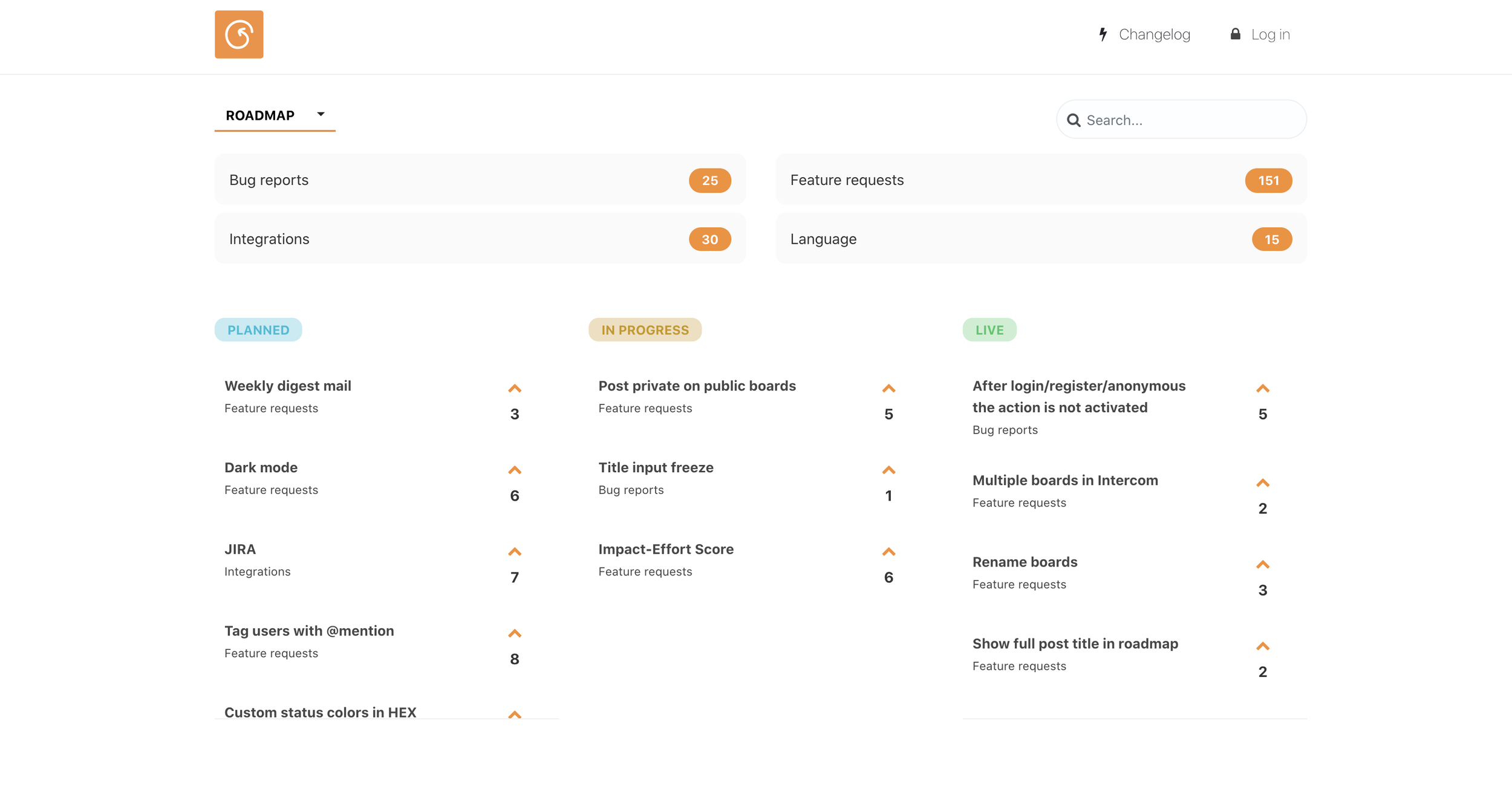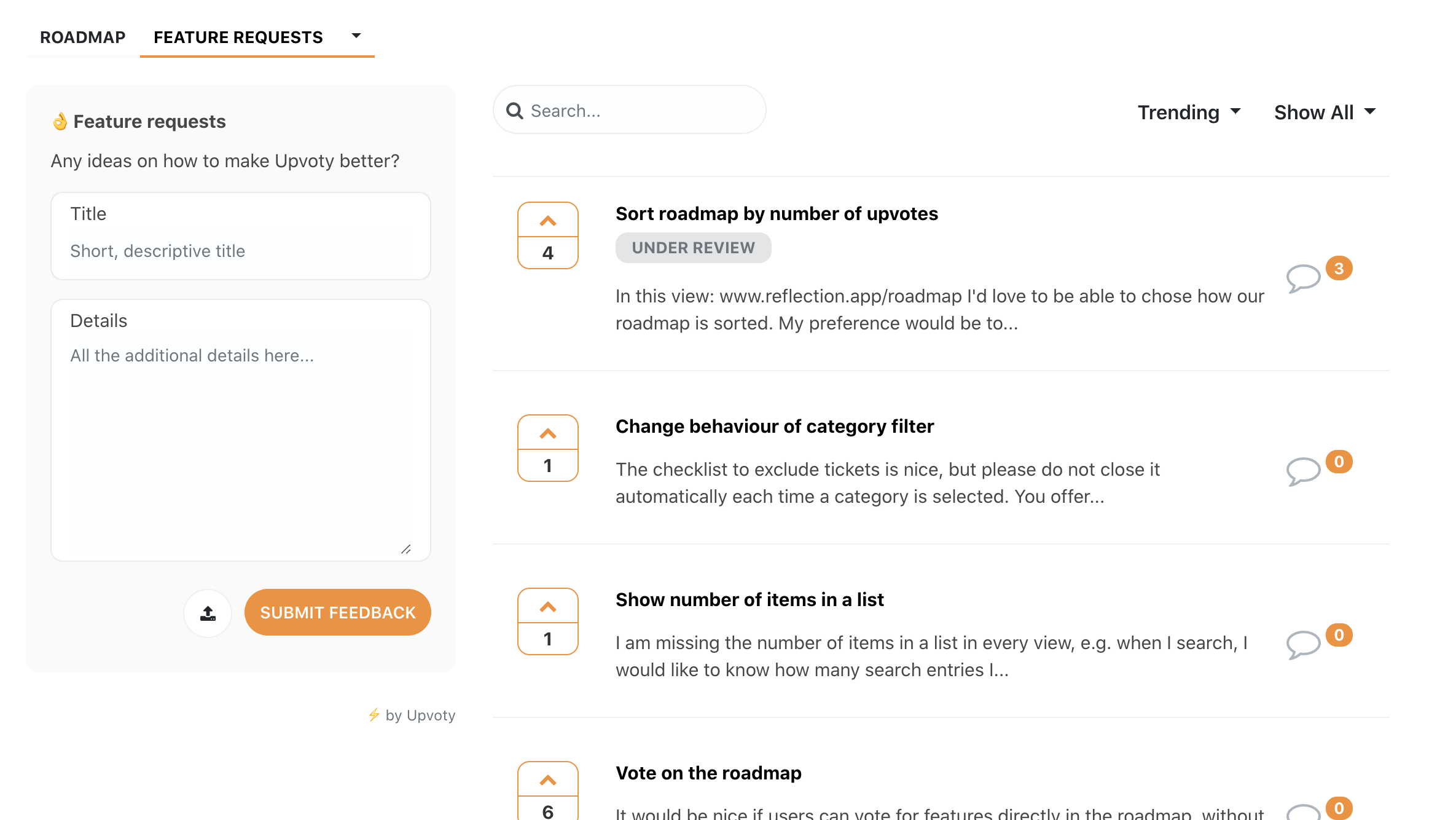How to Create a Strong Product Strategy
“You need a strategy.” “You need a business strategy.” “You need a marketing strategy.” “You need a sales strategy.” These are all things you’ve probably heard many times when launching your SaaS company. No wonder why—after all, these elements are the building blocks of your brand. But in the midst of figuring out your business model, pricing strategy, and marketing plan, you may be ignoring the number one thing that will make your business grow: your product strategy.You see, having a product vision or outlining how your product will work isn’t enough. For sustainable growth, you need to think thoroughly about your product strategy and use this document as your grounding point.So what’s a product strategy, and what should it look like?According to ProductPlan, “A product strategy is a high-level plan describing what a business hopes to accomplish with its product, and how it plans to do so. This strategy should answer key questions such as who the product will serve (personas), how it will benefit those personas, and what are the company’s goals for the product throughout its lifecycle.”Your product strategy doesn’t have to be a fancy, 50-slide PowerPoint presentation—it can be as simple as a one-page document that includes your product vision, the direction you want to take, and the milestones you want to reach, along with the investments you’re willing to make.When creating your product strategy, though, it’s important to remember that it’s something totally different from an action plan or a product roadmap.
Your product strategy is not a product roadmap
Let’s get some things clear: A strategy should include a set of coherent actions, as opposed to “implementation” details. As Richard Rumelt suggests, “Executives who complain about ‘execution’ problems have usually confused strategy with goal setting.” In other words, your product strategy is not an action plan or a product roadmap focused on how to develop your platform or software.For example, let’s say you’re about to develop a platform for virtual summits. You know that you want to provide people an all-in-one planning logistic tool. But you’ve also included in your product roadmap the direction you want to take aka transforming your product into a platform for creative individuals who want to build their online communities.All these nuances and visions should be included in your product strategy, along with the resources you’re willing to allocate to make this happen. A product roadmap, on the other hand, will help you define the exact steps you need to take to make your software a reality. A product strategy focuses on your “why” and “what,” while a product roadmap is about your “how” and “when.”Your product strategy will help you design and prioritize your product roadmap. According to ProductPlan, “Without a product strategy to guide these decisions, the team is more likely to prioritize the wrong items and find itself misusing its limited time and resources. But when you start with a product strategy, you have a clearer picture of what you hope to accomplish with your product, which can translate into a more strategically sound product roadmap.”So now that we clarified this aspect, let’s look at the differences between a bad product strategy and a good one.
According to ProductPlan, “Without a product strategy to guide these decisions, the team is more likely to prioritize the wrong items and find itself misusing its limited time and resources. But when you start with a product strategy, you have a clearer picture of what you hope to accomplish with your product, which can translate into a more strategically sound product roadmap.”So now that we clarified this aspect, let’s look at the differences between a bad product strategy and a good one.
This is when your product strategy won’t work
Richard Rumelt notes, “A good strategy has coherence, coordinating actions, policies, and resources so as to accomplish an important end. Many organizations, most of the time, don’t have this. Instead, they have multiple goals and initiatives that symbolize progress, but no coherent approach to accomplishing that progress other than spending more and try harder.”Your strategy will fail to work when:
- It’s not flexible. Your product strategy is an ongoing piece of work. It doesn’t stop with you jotting down your product vision and the resources you’re willing to invest—it’s an open document you’ll need to keep adjusting to the realities you’ll be encountering. Otherwise, your inflexibility may lead to losing great business opportunities. So don’t be against course correction.
- It’s based on action instead of vision. Again, let’s not forget that your product strategy is not an action plan. It should contain the direction you want to take, not the ways in which you want to reach your destination.
- You’re not aware of your users’ feedback. You can’t build your product strategy in a vacuum. Creating one takes time and analysis, and one of the things to consider is your users’ needs and wants. Otherwise, you’ll end up building a product nobody needs.
- It lacks coherence. According to Richard Rumelt, a good strategy “doesn’t just draw on existing strength; it creates strength through the coherence of its design. Most organizations of any size don’t do this. Rather, they pursue multiple objectives that are unconnected with one another or, worse, that conflict with one another.”
Having this in mind, let’s discuss the steps you can take to build a strong and results-driven product strategy.
How to create a strong product strategy for your SaaS company
As we previously mentioned, building a product strategy requires time and a thorough analysis of your vision, audience, resources, and business environment. This may sound a bit intimidating and overwhelming, especially if it’s your first product strategy. So let’s break down all the steps to go through when creating your product strategy.
Step 1. Remove the fluff from your vision
Everything starts with your product vision. You know what product you want to build, and you probably have multiple ideas for it. Before proceeding with your product strategy, take a look at your vision, and remove all the “fluff.” Instead of adding more and more ideas to your vision, distill it, and focus on the essentials. Choose the main things you’ll be focusing on when building the product, decide what needs to be created, and commit to this framework.Although your product strategy should be flexible, it’s important to have a clear core structure based on a fluff-free vision that will help you keep your focus on the right direction. So instead of wasting time adding more and more details to your awesome product vision (such as new stakeholders you could serve, directions you could take, etc.), decide what’s important and commit to that one thing.
Step 2. List your main stakeholders
The next step is to understand your stakeholders’ ecosystem, and by that, we don’t mean just your main target group. You’ll also want to look around and identify your internal or external teams, your industry partners and key influencers, your investors or your co-founders, your C-Suite team, the industry media, and your audience.This is your relational ecosystem that will make your product vision possible. To identify your main stakeholders, you’ll need to answer the following questions:
- What is my industry?
- What’s my niche?
- Whom do I serve?
- Who can help me achieve my goals?
- Whom do I want on my team?
- With whom can I collaborate?
- Whom do I need to meet to expand my network in a meaningful way?
The answers to these questions will enrich your product strategy by unlocking a new strength based on the people whom you can serve and can assist you in your growth.
Step 3. Identify your value proposition
Your product is so much more than just features and solutions. Your SaaS product is a tool someone can use to move from A to B or achieve the desired outcome.According to HubSpot, “A value proposition isn’t just the product or service you agree to deliver to the customer—it’s the ingredient of your business that solves a problem your competitor can’t. Your value proposition is your unique identifier. Without it, people don’t have a reason to work with you over somebody else.”Identifying your value proposition means diving deeper into the problems you want to solve for people and the real impact your product may have, so make sure to include the results of this analysis as part of your product strategy.
Step 4. Measure the product/market fit
What’s the product/market fit? Nobody puts it better than Hotjar: “You can think of product/market fit as sailing, where the product is the sail and demand is the wind. For the boat to work, you have to build a sail and find the wind to power it—so in less nautical terms, for your company to succeed you need to build a product whose value proposition satisfies the needs of a market and its potential customers.” In other words, the product/market fit involves identifying target customers and serving them with the right product or solution. When designing your product strategy, make sure that your product vision is thoroughly aligned with the market needs. Otherwise, your company will be based on creating assets no one wants to buy.
In other words, the product/market fit involves identifying target customers and serving them with the right product or solution. When designing your product strategy, make sure that your product vision is thoroughly aligned with the market needs. Otherwise, your company will be based on creating assets no one wants to buy.
Step 5. List your product’s differentiating elements
What makes your product different from the rest? Why should someone buy from you and not your competitors? What’s your differentiating element? The entire idea of creating a product strategy revolves around identifying strengths and generating new opportunities, and one way to do that is by identifying all those unique elements that make your product stronger and better than what can be found on the market.This means you’ll need to have a great understanding of the overall market offer and be aware of the prevalent characteristics and what exactly will set your product apart. Moreover, when designing your product strategy, make sure that these differentiating elements are valuable for your target group.
Step 6. Envision your product’s lifecycle
A strong product strategy will always offer you a long-term vision regarding the growth, expansion, and the eventual decline of your product. After all, you don’t want to be unprepared for the last phases of your SaaS product. So when designing your strategy, it’s important to know how your product will evolve, the risks you may encounter, the factors that will challenge your status quo, and the possible decline scenarios. This way, you’ll be better prepared and know how to readapt your overall strategy to ensure a long lifecycle for your product.
Recap: A Powerful guide to get through wild storms
If you’re like most people, you’ll find it slightly foolish to travel without a map. The same thing is true for your business. You can’t expect to launch a successful SaaS company and build an exciting roadmap without a product strategy. That’s why you’ll want to start your entrepreneurial journey by getting serious about your product vision, stripping away the unnecessary fluff, and leaving the essential components.Also, list all of your stakeholders, knowing your human assets, whom you want to serve, and who can help you achieve your goals. Next, identify your value proposition and know the real problems your product will solve. Also, be sure to measure the product/market fit, because if you don’t, you run the risk of creating a product no one wants to buy.Next, list all the differentiating elements and make sure they’re also valuable for your target group. Always envision your product’s lifecycle and know what to expect at each stage and how to react when things go in the wrong direction. Finally, a key element that will strengthen your product strategy is to assess the resources you’re willing to invest in making your vision a reality. If you follow all these steps, you’ll have a strong strategy that’s powerful enough to guide you through the wildest storms.
The same thing is true for your business. You can’t expect to launch a successful SaaS company and build an exciting roadmap without a product strategy. That’s why you’ll want to start your entrepreneurial journey by getting serious about your product vision, stripping away the unnecessary fluff, and leaving the essential components.Also, list all of your stakeholders, knowing your human assets, whom you want to serve, and who can help you achieve your goals. Next, identify your value proposition and know the real problems your product will solve. Also, be sure to measure the product/market fit, because if you don’t, you run the risk of creating a product no one wants to buy.Next, list all the differentiating elements and make sure they’re also valuable for your target group. Always envision your product’s lifecycle and know what to expect at each stage and how to react when things go in the wrong direction. Finally, a key element that will strengthen your product strategy is to assess the resources you’re willing to invest in making your vision a reality. If you follow all these steps, you’ll have a strong strategy that’s powerful enough to guide you through the wildest storms.

